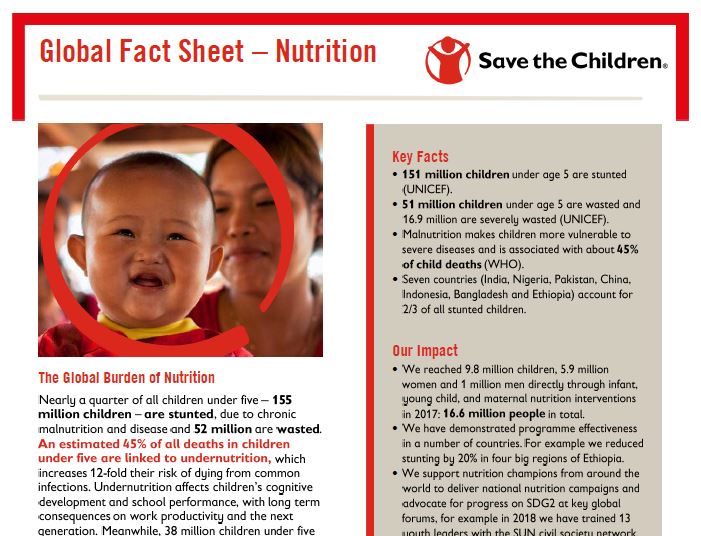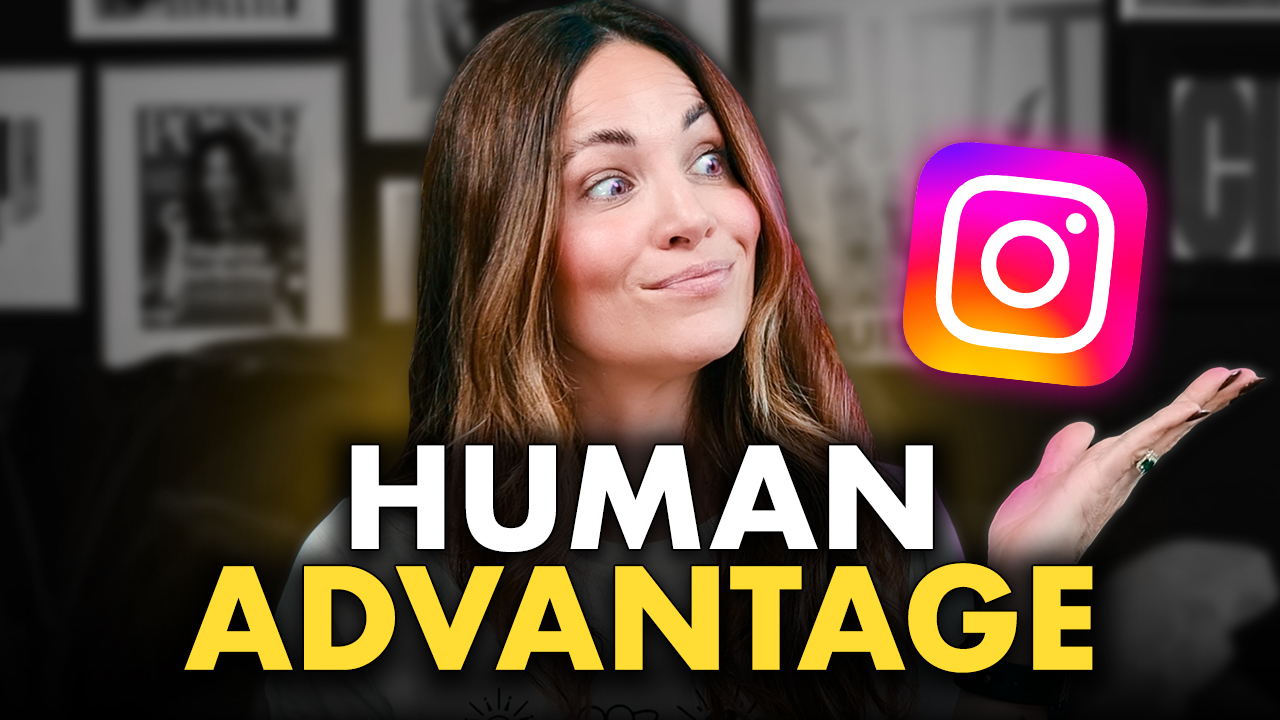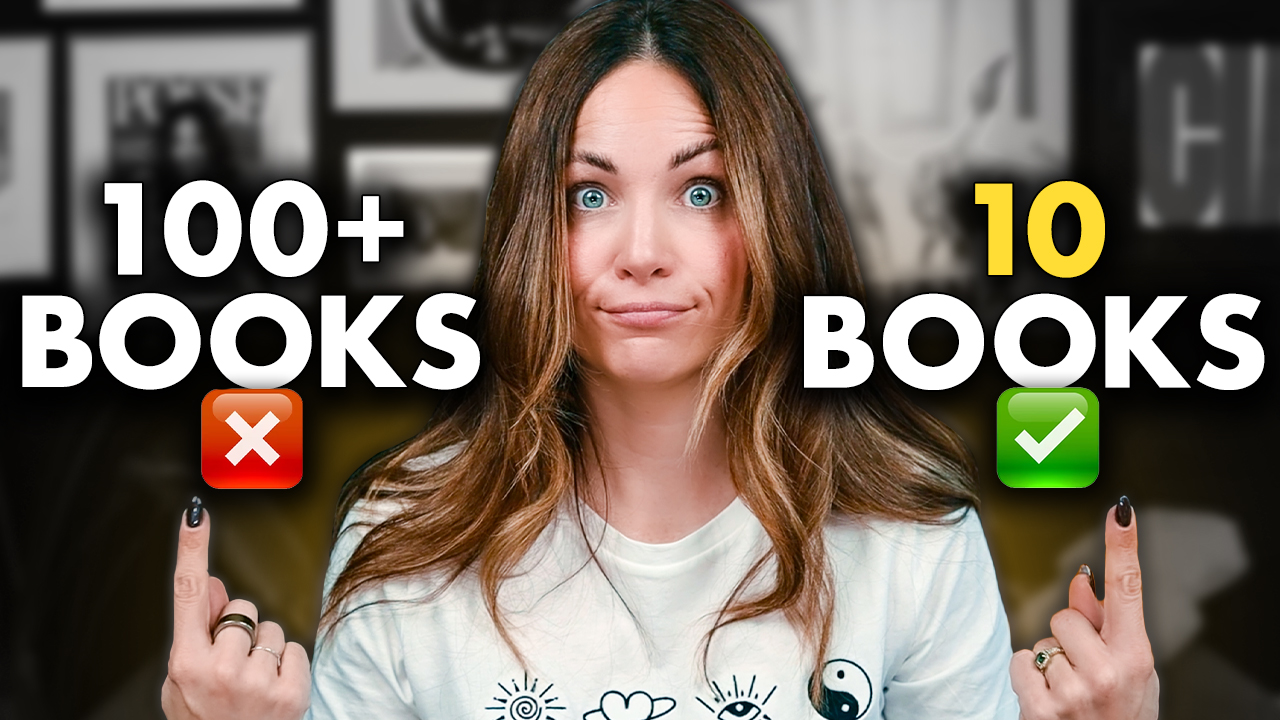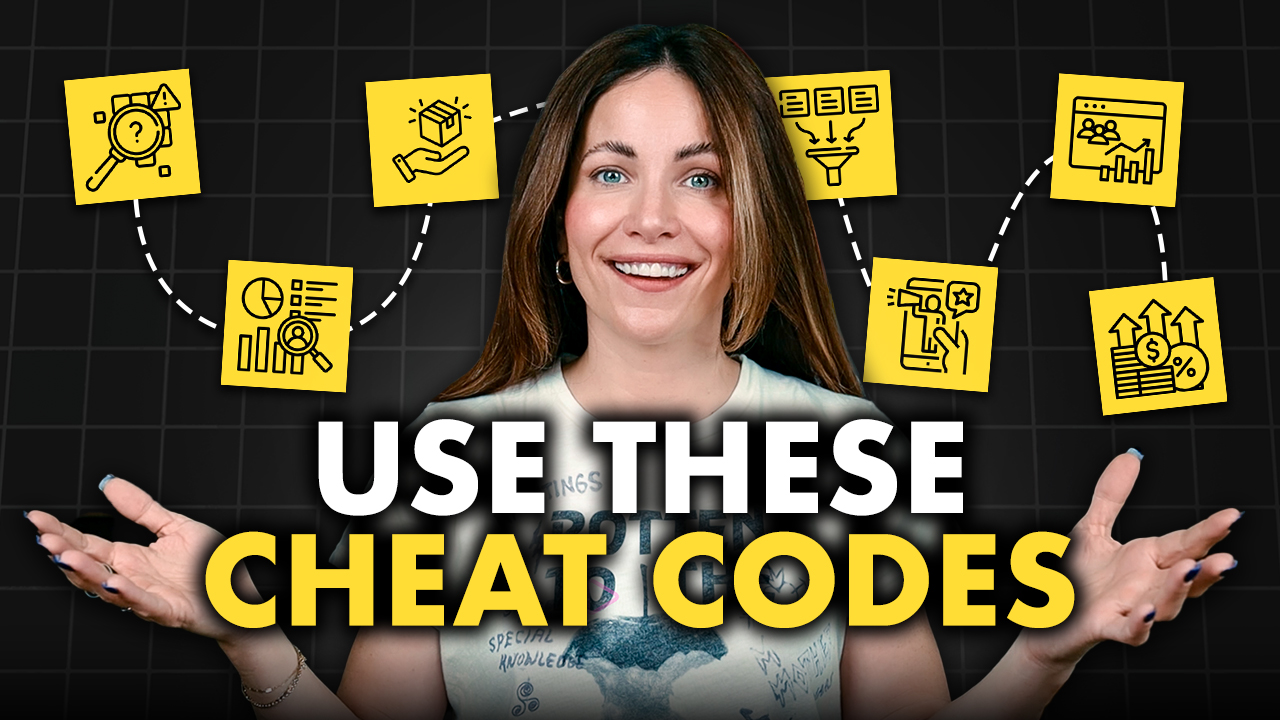Storytelling is one of the most important and foundational aspects of great email marketing.
But any copywriter (or business owner who writes their own emails) will tell you…
After a while, the originality well dries up and you’re left wondering…
“How can I come up with new story ideas?!”
In this blog, I’m going to give you my favorite tips for sourcing great stories to use in your email marketing…
AND how to make almost any story “relevant” to what you have to say…
Hey Posse, what’s up? It’s Alex.
Yeeeeeeeeeeesssssss. This is going to be fun.
I love email marketing and writing engaging emails that are fun to read by incorporating lots and lots of JUICY storytelling.
Fun fact: Back when I was a freelance copywriter, emails were my jam.
Finding interesting stories, pieces of history, or random facts to incorporate into my emails became something I was known for…
And after being in this industry for 15 years, I’ve come to notice something…
If you can tell great stories in your emails – you’ll have higher open rates, higher CTRs, higher conversions, and LESS unsubscribes.
Because people love stories.
Even if they don’t buy from you, if you can tell them a great story… they’ll at least read your email AND keep coming back to read more of your emails.
But this isn’t just my anecdotal experience…
The effects of storytelling have been studied.
Here’s what the science says…
Stories are more believable & persuasive.
You can debate facts, you can disagree with opinions…
But you can’t argue with someone’s story.
Let me give you an example of how powerful this can be…
Save the Children is an international charity that connects donors with impoverished kids in developing countries.
They realized they needed a better way to persuade and convert potential donors.
So, in 2007 Carnegie Mellon researchers tested two brochures.
One brochure used a listed of facts, something like this…

The other presented a vivid personal story, along with an accompanying photograph, something like this…

Both versions were enclosed in envelopes containing $5 bills, which were then given to Carnegie Mellon students.
The brochures asked the students to donate part of their $5 to Save the Children…
The fact-based brochure listed a bunch of statistics on food shortages, droughts, and other catastrophes.
The storytelling version took the following emotion-charged approach:
“Rokia, a 7-year-old girl from Mali, Africa, is desperately poor and faces a threat of severe hunger or even starvation. Her life will be changed for the better as a result of your financial gift. With your support, and the support of other caring sponsors, Save the Children will work with Rokia’s family and other members of the community to help feed her, provide her with education, as well as basic medical care and hygiene education.“
And what was the result?
The students who received the “just-the-facts” version donated an average of $1.14…
Whereas the students who received the storytelling version donated $2.38 – over twice as much.
But here’s another twist… in a THIRD test, students were given $5 and a different brochure from Save the Children.
This one told Rokia’s story but also included statistics about persistent drought, shortfalls in crop production, and famine…
While students who had read Rokia’s story alone donated an average of $2.38, those who read the story plus the data donated an average of $1.43.
A short but powerful story – and nothing else – made the biggest impact.
Facts are important…
But if you REALLY want to move someone to take action – tell them a story.
Stories are memorable.
Be honest… do you remember what you ate for breakfast 3 days ago?
Probably not.
The human mind is conditioned to forget “unimportant information” like this…
If we remembered every moment of every day, there would be too much going on.
Our brains have adapted to be more selective with what we remember…
So that well-researched, fact-packed email you just wrote your list about all the very logical reasons they need what you’re selling?
Yeah… that went in one ear and out the other.
But there is a lot of evidence that says stories are more memorable than facts alone…
According to famed cognitive psychologist Jerome Bruner, the human mind is about 22 times more likely to remember facts if those facts are part of a story.
According to the London Business School study, storytelling can drive the retention rate of your audience up to as much as 65–70 percent.
And at an experiment conducted by Stanford University professor Chip Heath…
63% of students remembered a story-based presentation…
While only 5% could remember a single statistic from a fact-based presentation.
Why is that?
Because we remember what we feel.
In a 2017 Harvard Business Publishing article, Lani Peterson notes:
“Scientists are discovering that chemicals like cortisol, dopamine, and oxytocin are released in the brain when we’re told a story.”
Lani Peterson
Those three chemicals help us to:
- ✅ Retain information.
- ✅ Make an emotional connection.
- ✅ And experience genuine empathy.
If you’re trying to engage, influence, teach, inspire, or sell to others… you should be telling a story.
Now before you freak out…
“Alex, WTF, I’m a business owner, not a novelist! How am I supposed to craft an epic story that does all this?!”
Well, I’m going to show you…
The best news is, you don’t have to be a novelist, a professional writer, or an English lit major to tell great stories…
In fact, storytelling is a lot simpler and easier than you probably think.
It comes down to the maxim: “Show, don’t tell.”
Don’t just tell your audience something…
You want to communicate your message through an engaging, personal, real-life demonstration.
And luckily for you, that’s exactly what I teach you on my blog. Not just how to connect through email – but how to make ALL of your content, copy, and marketing relatable, relevant, and effective.
So for more lessons like this one, be sure to subscribe to my newsletter to know when my next tutorial goes out.
Where To Source Great Stories
Now with all of that in mind…
Where can you come up with great stories to use in your emails and HOW can you incorporate them into your message without it feeling forced or fake?
Here are my top story sources…
Real-life Experiences
The stories your audience will love the most will ALWAYS be personal stories from your life experiences.
Your audience wants to relate to you – human to human.
And extra these stories are super easy to source because they’re about YOU.
Here are some questions you can ask yourself to get your gears cranking out a great personal story…
- What is the biggest lesson you learned lately?
- What was an unexpected challenge you faced?
- When was a time you almost gave up?
- When was a time you took a major risk?
- Share “wins” – big or little that you’re proud of.
- Lessons you learned from your parents or other influential people in your life. These can be professional OR personal. It’s totally up to you. But I recommend a mixture of both.
And PLEASE don’t fall into the trap of thinking everything has to be “valuable” – in terms of sharing some epic nugget of wisdom or 5 simple steps.
Feel free to share funny and totally random things too! Like this email I wrote to my list…






See how that was nothing huge? No major lesson being shared. No mindblowing takeaways.
It was a funny, random story that happened to me and it was too good NOT to use.
So I used it and found a way to connect it to the point of my email.
Alright the next way you can find stories… that AREN’T about you…
Community Stories
Share stories about your friends, network, audience, and customers…
This could mean sharing a screenshot of a conversation, comment, or email…
Or it could mean you literally TELL A STORY about them.
Of course with this one, you need to do one of two things:
Get their permission to share the screenshot or story…
OR if it’s a screenshot without permission – blur their name for privacy.
I do this ALL the time in my Sunday Celebration emails…
But I also share community stories in sneakier ways too…
Like this email I wrote about a REAL person I know. I told a story about something that really happened to her… but I changed her name and few details of the story.
So rather than using this story as a case study… I used it as fictional – it was meant to inspire my readers and help them relate to the main character.
Okay, so those are two pretty obvious ways to source stories – from yourself or your community.
But that’s not the only way! There are THOUSANDS of other stories out there you can use in your emails…
And thanks to the internet and streaming services…
It’s never been easier to find amazing stories at the touch of a button.
Real-life Events
Search new articles, documentaries, and even history archives.
I once used a story I read about in National Geographic as the lead in story to my email…
The article was about a bunch of floating feet that were found in the Pacific Northwest… which is where I live!
I used the amazing hook of the article as the basis of my storytelling. And in the email I go on to break down 3 things the article did well – from a copy perspective.
Then I link to a YouTube video where I share my favoirte copywriting exercise.
But also… don’t feel like you HAVE to use an article that’s trending online RIGHT NOW this exact moment…
If you have a great story idea for your email, then use Google to help you find a great story!
On Thanksgiving a few years ago, I really wanted to incorporate a great Thanksgiving story that just happened to have something to do with email.
Haha which is a pretty specific pre-requisite.
So of course…. nothing I found while browsing news articles and headlines was hitting the mark.
So I typed into Google: “thanksgiving email saved a life” – don’t ask me why I typed that into Google. But I did.
And the first thing that popped up was this USA Today article from 2015.

All about – yup – an email sent on Thanksgiving weekend that saved someone’s life.
In the email, I simply recount the story in my own words and then go on to talk about how POWERFUL your subject line is.
Now if you made it this far…
Then you’re probably wondering: “OK great. But how do I tie these stories into my message? How do I tell a random story then pivot to my product?”
Great question! And an important question too.
Storytelling won’t do all the incredible things we talked about earlier if you can’t make it relevant to your audience.
But luckily, it’s incredibly simple to do this…
All have to do is…
- A.) Tell the story…
- B.) Make your point (no matter how unrelated)…
- C.) THEN go back and add one or two sentences that connect them together.
Simple as that.
I think most people overthink this, but it’s not hard.
In the “thanksgiving email saved life” story, I spent the WHOLE beginning talking about the amazing story. I don’t try to make parallels between the story and the point that I’ll get to later…
I don’t try to make it about something it’s not. I don’t draw some deep philosophical epiphany lol.
I JUST TELL THE STORY.
Then, after I tell the story – I make my point.
Which in this case is me posing the quesiton: what makes a good subject line?
THEN I go in and write a very brief connecting piece: “So was this all a coincidence, a Thanksgiving miracle or just a damn good subject line? If you ask me – it must have been a damn good subject line…”
See how easy that is?
Now go out there and try it for yourself!
And if you want help learning how to write amazing emails that CONNECT & SELL…
Check out my email marketing course – Own The Inbox.
Where I share my whole email marketing playbook with you.
Until next time, I’m Alex. Ciao for now.


